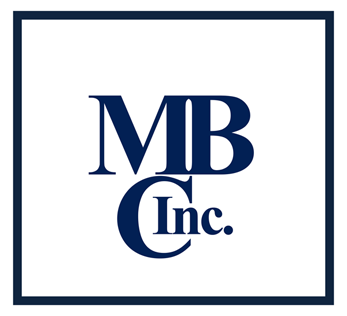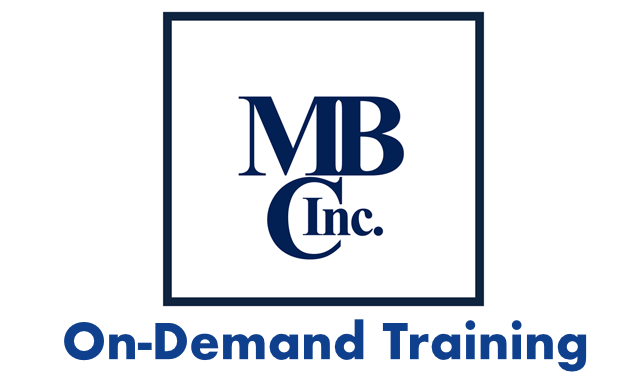The design of this two day, on-sight or public, seminar is based on the proven 8D model for root cause analysis. The training is focused on the Quality Professional, Quality or Business Manager, Quality Technician, or others involved in the problem solving process of corrective or preventive action. The course reviews the intent, requirements, and methods of root cause analysis and the methods, techniques and skills needed to complete the documentation.
In the public seminar or on-sight training, the participants will learn from lecture, discussion, and participation as well as application to their internal problems/issues. The material presented at the customer facility focuses on actual problems identified by the customer that affects their processes. When presented in the public arena as an open enrollment class, the students may bring data and information from their facility to work on their problems. Or, they may choose to work on a case study to apply the techniques defined by the class. This course and materials give the student skill, insight and confidence in correct efficient methods for completion of the problem solving process and the required documentation.
For Additional Information see below or contact:
Bill Martin
Phone – 931.637.1446
E-mail – BMartin@MBCIncorp.com
This material may also be adjusted as a ½ day Management Overview. Insightful information to top and mid-level managers
Enhancing Managers Understanding of the:
- Resource needs, (people, information, time)
- Timing, (when is the best time to utilize root cause analysis)
- Use, (how does root cause analysis become “Value-Added”)
- Benefits, (what is the “Return-on-Investment”) of the root cause analysis activities of the organization.
Course Outline
- Corrective and Preventive Action
- Root Cause Analysis Using the 8D Model
Section I – Introduction
- Introduction
- Objectives
- Application
- Corrective Action & Preventive Action (CAPA) Defined
Section II – Requirements and Process
- ISO 9001 requirements
- ISO/TS 16949: requirements
- Management Support/Responsibility
- CAPA Process
Section III – Team Defined – (D1)
- Team Defined
- Membership
- Roles & Responsibilities
- Development
Section IV – Problem Definition – (D2)
- Problem Definition
- Problem Statement (With example)
- Tools of problem statement development
- Problem statement review and acceptance
Section V – Interim Corrective Action – (D3)
- Interim Corrective Action
- What is interim action
- Difference between
- Interim and “band-aid”
- When to apply
- Selection of Interim Action
- Validation of Interim Corrective Action
- Documentation of Interim Corrective Action
- Monitoring of Interim Corrective Action
- Examples of Interim Corrective Actions
Section VI – Root Cause Investigation and Analysis – (D4)
- Tools of RCI & RCA
- Process Flow Chart (Not in Webinar)
- 3×5 Why’s (With examples)
- Cause & Effect Diagram
- Histogram (Not in Webinar)
- Pareto Chart
- Run or Trend Chart (Not in Webinar)
- SPC (Not in Webinar)
- Brainstorming
- Interrelationship Digraph (Not in Webinar)
Section VII – Selection & Verification of PCA – (D5)
- Selection & Verification of Permanent Corrective Action
- Pugh Analysis
- Ranking
- Selection
Section VIII – Implementation of PCA – (D6)
- Validation of Permanent Corrective/Preventative Action
- Transition from Interim to Permanent
- Documentation
- Management Support
Section IX – Prevent Recurrence – (D7)
- Making the “Fix” Permanent
- First-Line-Supervisors
- Layer Audit
- Error Proofing
- Old-habits-die-hard
Section X – Team Congratulated & Dissolved – (D8)
- Management Support
- Award
- Recognition
Section XI – Course Summary and Closure
- Course Objective
- Course Evaluation
- Course Summary
Materials Provided:
1. MBC, Inc. Training Manual that includes copies of all slides presented to the class as well as descriptive notes of the presented material. (per student)
2. Signed Certificate of Training to document the training activity.

